Easy Cottage Cheese Egg Bites Recipe (High Protein, Meal Prep Friendly)

If you’ve ever splurged on those irresistible egg bites from Starbucks, you’re in for a treat. My homemade cottage cheese egg bites deliver the same fluffy, velvety texture but with way more protein, fewer additives, and a fraction of the cost. They are a perfect start to the day, much like my popular high-protein copycat Bahama Mama smoothie.
As a registered dietitian, I love recipes like this that make high-protein breakfasts accessible and sustainable. Each serving packs 19 grams of protein from wholesome ingredients like eggs and full-fat cottage cheese, helping you start your day feeling full and energized.
Plus, they’re incredibly versatile for meal prepping – bake a batch on Sunday and enjoy grab-and-go goodness all week. No fancy equipment or water bath required; just a blender, muffin tin, and 30 minutes.
Let’s dive into why these are my go-to and how you can make them your own.
- Why Choose Cottage Cheese Egg Bites for Breakfast?
- Key Ingredients You’ll Need
- Dietary Adaptations and Allergen Substitutions
- Delicious Variation Ideas
- Step-by-Step Instructions
- Pro Tips for Perfect Results
- Storage and Reheating Guide
- Nutritional Breakdown and Health Benefits
- Frequently Asked Questions
- Conclusion
Why Choose Cottage Cheese Egg Bites for Breakfast?
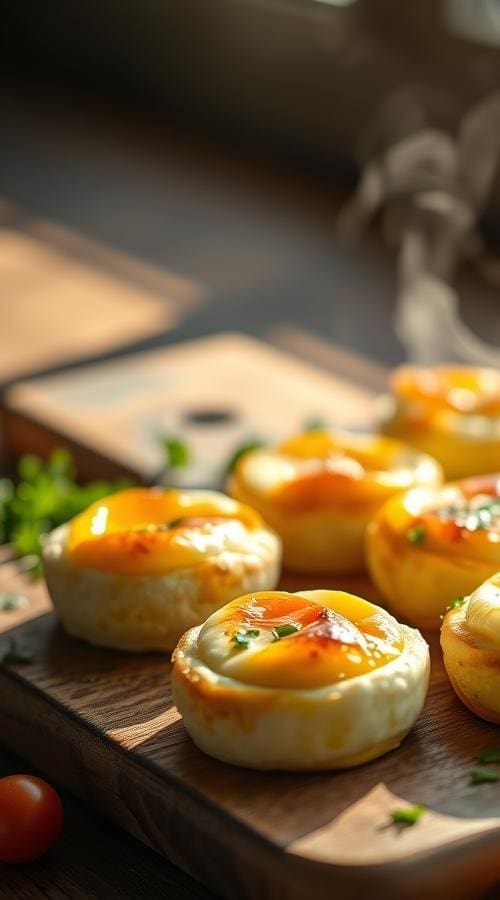
Cottage cheese egg bites stand out as a nutritious powerhouse in the world of quick breakfasts. Unlike traditional egg muffins that can turn rubbery, the blended cottage cheese creates a custard-like tenderness that’s both satisfying and light.
Research from the Journal of the Academy of Nutrition and Dietetics (2020) highlights how incorporating dairy like cottage cheese into meals boosts satiety and supports muscle maintenance, making these bites ideal for active lifestyles. They’re also lower in carbs than many bakery options, a key factor for sustained energy as noted by the American Diabetes Association. For meal preppers, their freezer-friendly nature means zero waste and maximum convenience, aligning with sustainable eating habits endorsed by the USDA.
Key Ingredients You’ll Need
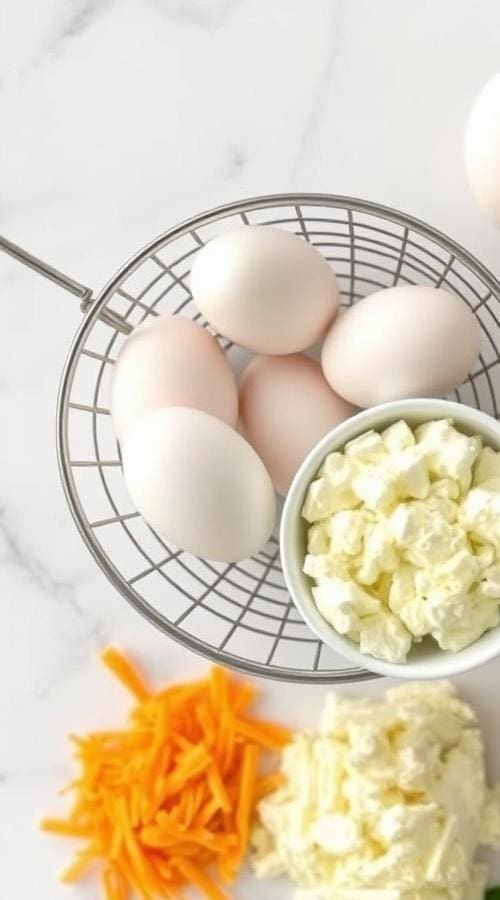
This recipe keeps things simple with pantry staples, but choosing quality matters for the best results. You’ll need 9 large eggs for the base, providing essential choline for brain health, according to Harvard Health. One cup of full-fat cottage cheese adds protein and probiotics for gut health, as supported by a 2019 study in Nutrients. Three-quarters cup shredded cheddar cheese brings flavor and calcium, while salt and pepper season to taste.
For mix-ins, limit to 1 cup total to avoid sogginess; options like diced bell peppers or spinach add fiber and vitamins without overpowering the base.
Dietary Adaptations and Allergen Substitutions

Everyone’s needs are different, so here’s how to tweak this recipe safely. For egg allergies, this isn’t suitable, but consider my tofu-based scramble alternative. To make it dairy-free, swap cottage cheese for blended silken tofu; a study in the Journal of Allergy and Clinical Immunology (2021) confirms tofu as a viable protein substitute. Low-carb? Skip mix-ins or use low-glycemic veggies like zucchini. For gluten-free, it’s naturally so – just ensure your muffin tin is dedicated. If watching sodium, reduce salt and opt for low-sodium cottage cheese, aligning with American Heart Association guidelines. Always consult a healthcare provider for personalized advice.
Delicious Variation Ideas
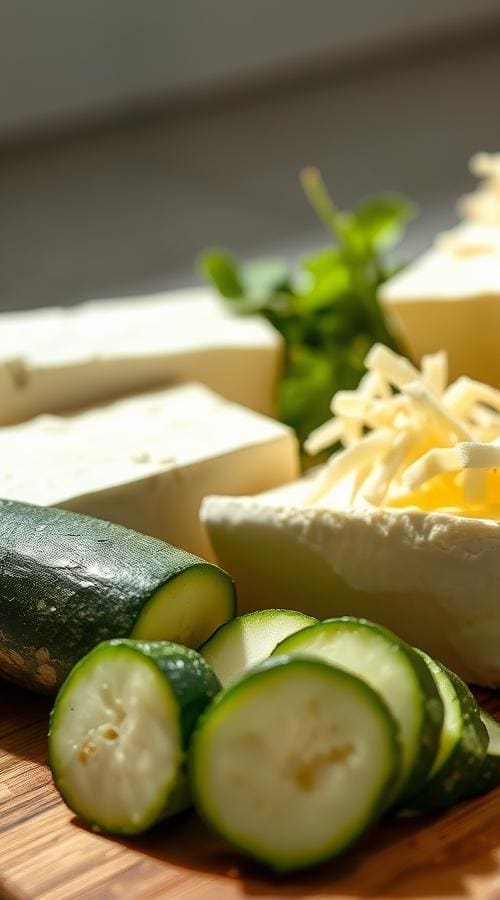
Keep things exciting by customizing your batch.
- Greek-inspired: Use feta instead of cheddar and mix in ½ cup diced tomatoes and ½ cup spinach for antioxidants, as per a 2018 review in Nutrients.
- Supreme-style: Incorporate ½ cup cooked sausage, ¼ cup bell peppers, and ¼ cup onions for a hearty option rich in B vitamins.
- Cheddar broccoli: Shine with ¾ cup finely chopped broccoli florets, boosting vitamin C intake per CDC recommendations.
- Bacon lovers: Add 4 slices crumbled bacon, but choose nitrate-free for health, supported by WHO guidelines.
- Spice it up: Add cayenne for metabolism support, per a 2022 meta-analysis.
Step-by-Step Instructions

Making these egg bites is foolproof.
- Preheat your oven to 325°F and prepare a 12-cup silicone muffin pan (or spray a metal one generously with nonstick spray).
- In a high-speed blender, combine 9 eggs, 1 cup full-fat cottage cheese, ¾ cup shredded cheddar, ¼ tsp salt, and ¼ tsp pepper. Blend for 30 seconds until smooth and frothy – this incorporates air for fluffiness.
- Pour the mixture evenly into the muffin cups, filling about ¾ full. If using mix-ins, sprinkle 1-2 tbsp per cup and gently stir.
- Bake for 22-25 minutes until set and lightly golden; the centers should jiggle slightly when done.
- Cool in the pan for 5-10 minutes before popping out. This method ensures even cooking without a water bath, saving time while maintaining texture.
Pro Tips for Perfect Results
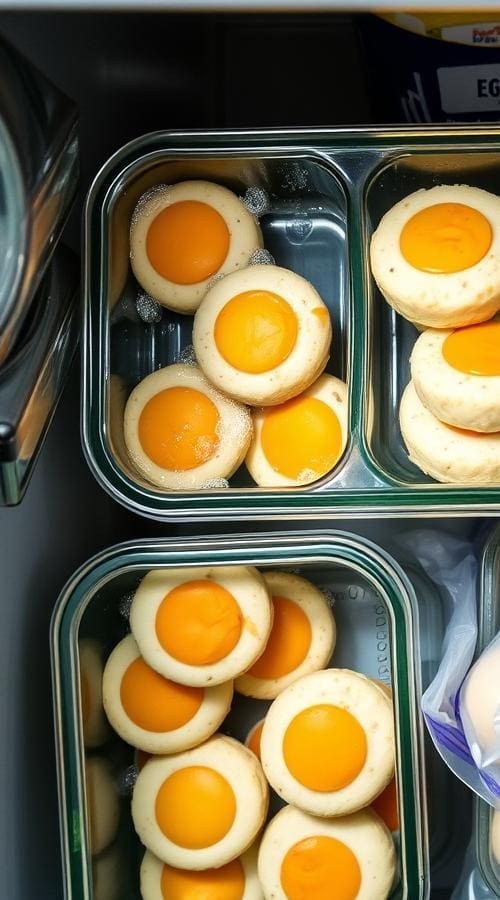
Achieve bakery-quality bites every time with these insights. Opt for a silicone muffin pan – it releases effortlessly and promotes even baking, reducing sticking issues common in metal tins. If using metal, double-spray with oil and consider liners. Don’t overload mix-ins; excess moisture from veggies can lead to sogginess – pat them dry first. Full-fat cottage cheese is non-negotiable for creaminess; low-fat versions separate and yield a grainy texture, as I’ve tested in my kitchen. For extra fluff, blend longer to aerate. If bites brown too quickly, tent with foil midway. Troubleshooting: Watery results? Bake longer or reduce mix-ins. Sticking? Chill briefly before removing. These tweaks ensure consistent success, drawing from my years of recipe development.
Storage and Reheating Guide

Meal prep mastery starts with proper storage. Cool bites completely (20-30 minutes) to prevent condensation. Refrigerate in an airtight container for up to 5 days; they reheat in the microwave for 30-60 seconds. Their portability also makes them one of my favorite dietitian-approved road trip snacks. For longer storage, freeze in a single layer on a sheet, then transfer to a freezer bag for up to 3 months – this preserves texture better than stacking immediately. Reheat frozen bites in the microwave (1-2 minutes) or oven at 350°F for 10-15 minutes. Pair reheated bites with avocado toast for a balanced meal; the fiber complements the protein, promoting digestive health as per Mayo Clinic advice. Label containers with dates for freshness.
Nutritional Breakdown and Health Benefits
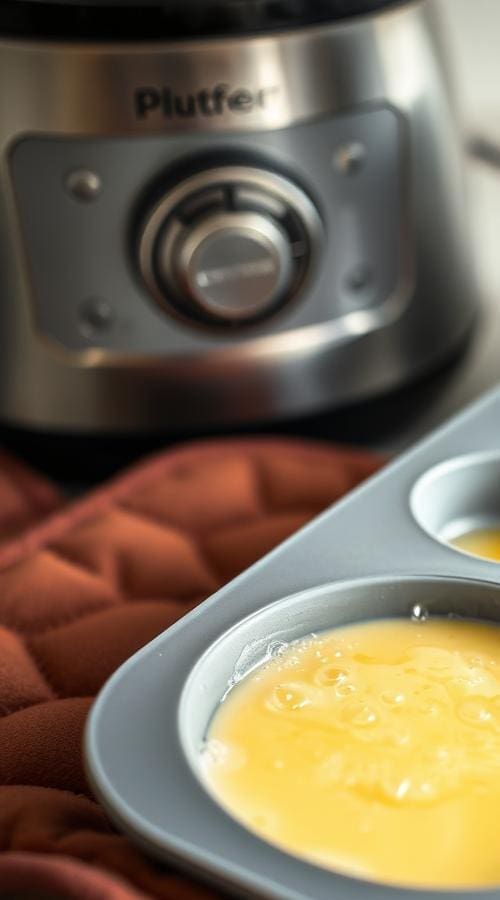
Per two-bite serving: 172 calories, 19g protein, 8g fat, 6g carbs. The protein duo of eggs and cottage cheese supports muscle repair and weight management; a 2021 study in the British Journal of Nutrition found high-protein breakfasts reduce daily calorie intake. Cottage cheese provides casein for slow-release amino acids, aiding satiety per Dairy Council insights. Add mix-ins like spinach for iron and vitamin K, crucial for bone health according to the NIH. This makes the bites a smart choice for balanced nutrition, but portion mindfully if monitoring cholesterol.
Frequently Asked Questions

What does cottage cheese do in egg bites? It adds creaminess and moisture for a fluffy texture, plus extra protein without altering taste once blended.
Can you taste the cottage cheese? No, baking eliminates any curdy flavor, mimicking Starbucks’ secret.
What kind of cheese works best? Cheddar for sharpness, but feta, mozzarella, or Gruyere all melt beautifully.
Are these keto-friendly? Yes, the base recipe is low-carb; add low-carb mix-ins.
How do I make them vegetarian? Skip meats and load up on veggies or cheese. For more, see my full recipe tweaks.
Conclusion
These cottage cheese egg bites are more than a recipe – they’re a blueprint for effortless, nutritious mornings. Whether you’re fueling workouts, prepping for the week, or just craving something cozy, this versatile dish delivers. Experiment with flavors, store smartly, and enjoy the benefits of real food done right. As your registered dietitian guide, I encourage incorporating them into a varied diet for optimal health. Bake a batch today and transform your routine!
